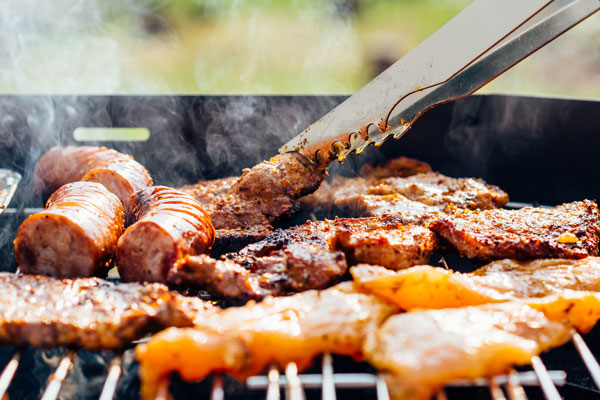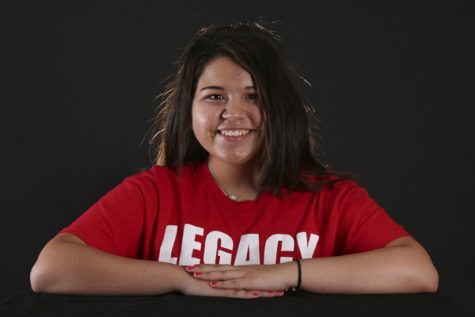Other than it being the first school holiday, Labor Day has a long history on its own.
Check out this list of four things you probably didn’t know.
What we are celebrating
Labor Day pays tribute to working men and women. It acts as a recognition to the success of the labor movement during the 19th century. This holiday celebrates achievements and empowers workers of our country. The idea of a dedicated day to recognize hardworking citizens spread to industrial centers across the nation and became a beloved holiday to American and Canadian workers.
First Celebration
The first official celebration of Labor Day in the U.S. took place in 1882 in New York City. Planned by the Central Labor Union, 10,000 workers marched in a parade from City Hall to Union Square. The parade progressed to Elm Park, where they gathered for speeches and picnics. This parade eventually became a yearly national tribute to the contributions workers make for the well-being of our country.
The difference between Labor Day and May Day
May 1 celebrates International Workers’ Day which happens to be very similar to what Labor Day stands for. May Day commemorates the infamous Haymarket Affair, a strike against the major union demonstration. Though May Day demonstrates a significant value, Labor Day is associated with the success of workers around the nation.
No white after Labor Day
Believe it or not, the rule “no white after Labor Day” has a deeper meaning behind it. It was traditional for men to wear white or light colored clothes to help keep them cool from the blistering heat during the summer. They changed clothes after the holiday, which signifies as an end to summer. This practice turned into a rule that was followed nationwide by men and women.
















